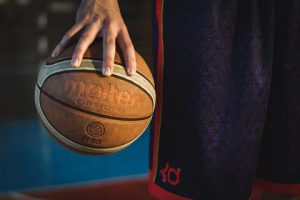Boost Dexterity in Non-dominant Hand with Mirror Therapy

Healthy people can boost the dexterity of their non-dominant hand through exercise. People may choose to do this for many different reasons. Some people need to do this for a skill that needs requires dexterity from both hands, such as playing the piano. In the past, writing with your left hand was a sign of the devil so many people retrained themselves to write with their right hand simply through practice. Some may choose to do this through necessity, such as arthritis limiting the use of their previously dominant hand. Yet others may perform these exercises as a form of brain training.
It has been shown that practicing to use your non-dominant hand has more benefits than being ambidextrous. It helps “train” your brain and create new neural pathways due to the “plasticity” of the brain. Plasticity means that the brain is constantly changing and creating new pathways or strengthening old pathways depending on what you practice.
Studies have shown that if you do not use one of your hands for a period of time, the representation of that hand in the brain becomes smaller. When you start using that hand again, the representation grows. In order to be more dexterous, you need a more complex representation of that hand in the brain i.e. a bigger area. The idea of brain training is currently very popular and it is believed that it can help maintain a healthy and fully functioning brain in older age.
Some people are far more dominant with one hand. This means the non-dominant hand is likely to be poorly represented in the brain. It is a vicious circle: the more you use your dominant hand (because it is easier) the less represented your non-dominant hand becomes and the harder it is to use it to carry out tasks. Therefore, you need to find a way to increase the representation of your non-dominant hand in order to boost the dexterity.
One study investigated 24 healthy people drawing 4 circles sequentially with their dominant hand with the non-dominant hand in a mirror box. An increase in muscle activity of the hand that was at rest behind the mirror was noted. The hand behind the mirror was therefore being “worked” even though it was not moving. This would allow the training effect on the brain and help increase the representation of that hand. This shows that using the mirror box may help improve dexterity of the non-dominant hand in healthy people.
You can test yourself by setting a task for your non-dominant hand, such as copying a piece of text in a certain amount of time and compare the mistakes and clarity of writing before and after using mirror box therapy.
Learn more on how to use mirror therapy here.